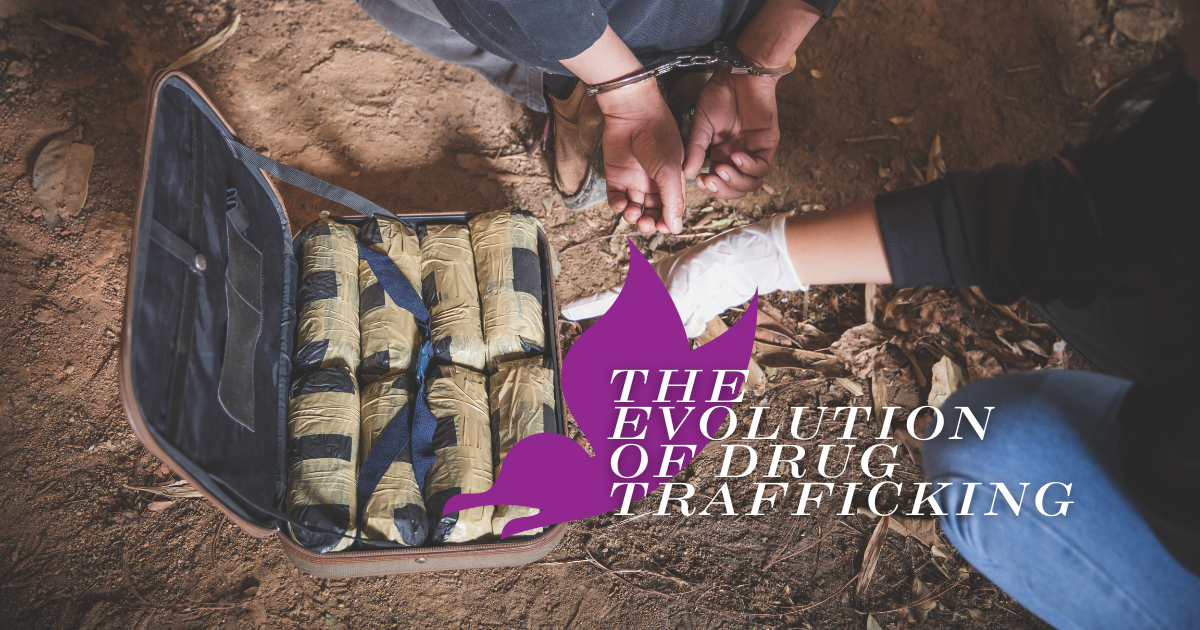Experimenting with seemingly less dangerous drugs opens a door to more serious drug use
Near the height of the War on Drugs, a government-led attack on the illegal drug trade in the 1980s, the “gateway drug” theory spread widely. Its basic premise is that use of a drug, such as tobacco, marijuana or alcohol, increases the risk of developing a substance abuse disorder, especially for young people. The prevailing thought behind the gateway drug theory was that even experimentation with seemingly less dangerous drugs opens a doorway to more serious drugs and more frequent drug use. Supporters believe that use of a gateway drug alters neuropathways in the brain, making someone more susceptible to addiction.
More recent research examines the role that behavior plays in the development of substance use disorders. Evidence shows that how we choose to cope with life events contributes to how we behave. Think about how you’ve handled the emotional trauma of a breakup, failure, or loss. Do you drown your sorrows in alcohol or sweat them out by going for a run? Do you catch a buzz to feel better or talk to a friend about what you’re going through? How we cope with stress or even celebrate an accomplishment can become a collection of gateway moments. In other words, the gateway to substance abuse may not be as simple as just the actual usage of a substance but we must also consider the social interactions or moments that surround the use of substances.

What’s a Gateway Moment?
The easiest way to understand a gateway moment is to think about those times in life when we experience significant change. These moments often involve a period of transition such as getting married, having children, moving, starting a new job, getting divorced or losing a loved one. Then there are smaller, yet still significant, moments that can lead us toward a gateway behavior. Think about the times we feel pressure to fit in, the stress of a relationship or finishing a project. Researchers have shown that these critical moments can motivate individuals to spontaneously adopt both risky and risk-reducing behaviors.
Substance use is often initiated in adolescence, but the prevalence rates for substance use disorders peak during adulthood. A study published by the National Center for Biotechnology Information explains that adolescence represents a time in biological and social development that is associated with increased risk-taking behaviors, such as experimentation with drugs and alcohol. Young brains are still developing the prefrontal cortex, which is associated with executive function such as decision making, thus making the long-term negative effects of substance use even more profound. With this information, gateway moments can have a greater influence on how a teen or young adult decides to cope with the ups and downs of life and the neural pathways that are subsequently formed as a result of these decisions.
How We Cope Matters
Research also reveals links in the central nervous system that recognize and record experiences and the endocrine system, which produces hormones that govern many functions of the body. It’s been discovered that socioeconomic status, health, social networks and personal beliefs play a big role in how we learn to cope.
A healthy coping skill should meet four criteria in order to be considered healthy and adaptive and rather than a gateway to unhealthy behaviors, such as an addiction. It is easy to assess the quality of a coping strategy by asking four questions.
-
- 1. Is it good for you?
- 2. Is it good for others?
- 3. Is it easy to do?
- 4. Does it really work?
A “good” or adaptive coping skill should not be harmful to yourself or others. It should promote mental and physical health. It should be something that is easy to do. For example, a person may enjoy playing guitar, but do they always have a guitar with them when the need a way to cope? Finally, and probably most importantly, the coping strategy must work. Does the activity or behavior really calm or soothe you, or does it just mask your feelings or cover up your pain?
With gateway coping it’s easy to go down a path where we know a coping skill does not meet the criteria, but we do it anyway. Usually that’s because it feels good, numbs our pain or allows us to temporary escape. But at what cost?
Good Behaviors = Good Outcomes
Gateway moments and behaviors swing both ways. Finding and adopting healthy ways of coping with sadness and frustration can reinforce other healthy behaviors. It is well recognized that specific behaviors are associated with increased or decreased risk of specific diseases and related conditions. As an example, smoking cigarettes increases your risk of developing lung cancer. Eating foods high in fiber decreases your risk of heart disease. Recent research suggests that positive health behaviors likely lead to other positive health behaviors. A great example is that an increase in physical activity often leads to healthier eating.
The same thinking can be applied to substance use. When we find ways to cope that don’t involve getting drunk or high it opens our minds and bodies to other healthy behaviors. We begin to handle stressful moments in life in ways that do not harm us or negatively impact those around us. At Landmark Recovery we teach people these health and adaptive coping skills. We examine the underlying events, such as trauma, that a person has experienced that may have led to the development of maladaptive coping and share strategies with how to manage these feelings and experiences them without the use of drugs or alcohol. We believe in the power of healthy behaviors to reinforce healthy life choices.




